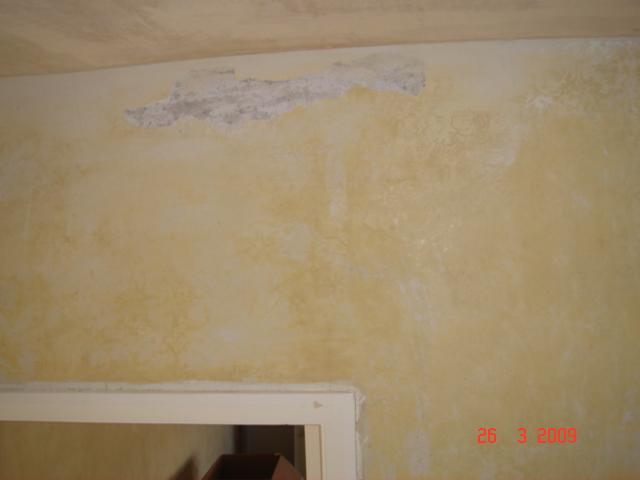Hi all,
I have been pulling down some coving off the wall/ceiling in our hall, 90% of it came off no problem. However a 3 foot section of the coving was stuck too the wall a bit to well and in removing it some of top coat plaster came away with it. Here is a picture.
As you can see, only the top layer of plaster has been taken off, the backing plaster is still intact.
I want to repair this by mixing up a bit of thistle multi-finish plaster. Do I need to PVA the backing plaster first or should I just slap on the multi-finish?
Thanks in advance
I have been pulling down some coving off the wall/ceiling in our hall, 90% of it came off no problem. However a 3 foot section of the coving was stuck too the wall a bit to well and in removing it some of top coat plaster came away with it. Here is a picture.
As you can see, only the top layer of plaster has been taken off, the backing plaster is still intact.
I want to repair this by mixing up a bit of thistle multi-finish plaster. Do I need to PVA the backing plaster first or should I just slap on the multi-finish?
Thanks in advance


